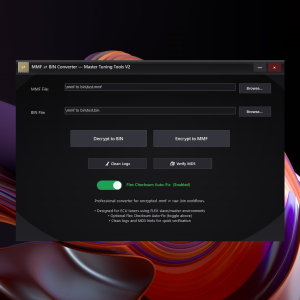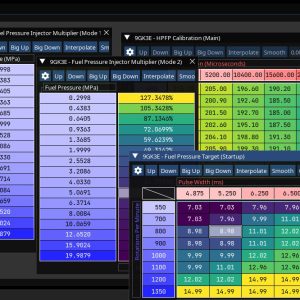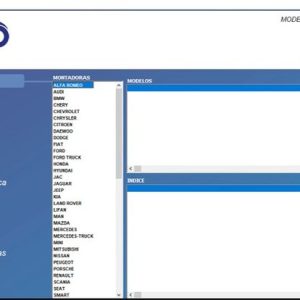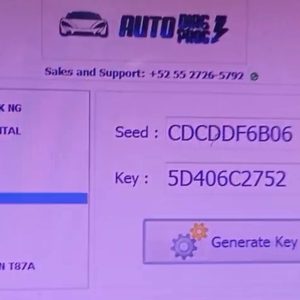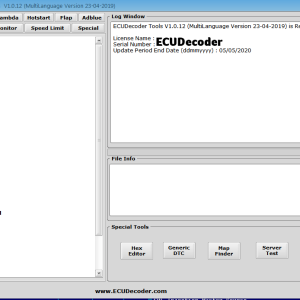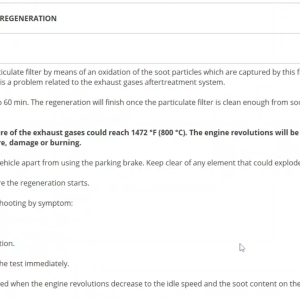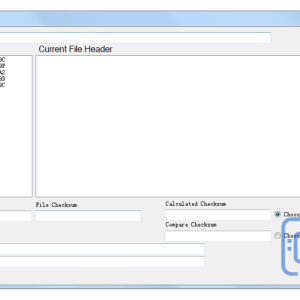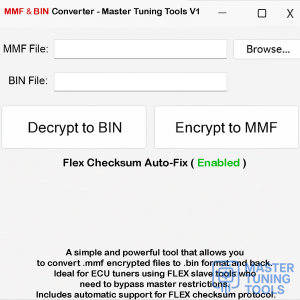Introduction to Siemens SID ECU
The Siemens SID ECU (Electronic Control Unit) is a widely used engine management system in various vehicles, particularly in diesel engines. It plays a crucial role in controlling engine functions and optimizing performance. Understanding its architecture and tuning potential is essential for mechanics and tuners.
Key Features of Siemens SID ECU
- ➡️ Advanced fuel injection control
- ➡️ Real-time data processing
- ➡️ Compatibility with multiple vehicle models
- ➡️ Support for various diagnostic protocols
Architecture of Siemens SID ECU
The Siemens SID ECU typically consists of several components:
- ➡️ Microcontroller: Manages engine operations and data processing.
- ➡️ Memory: Stores calibration data and fault codes.
- ➡️ Input/Output Interfaces: Connects with various sensors and actuators.
ECU Remapping and Tuning Potential 🔧
ECU remapping can significantly enhance vehicle performance. Here are some common tuning options for the Siemens SID ECU:
- ➡️ Stage 1 Tuning: Basic remapping for increased power and torque without hardware modifications.
- ➡️ Stage 2 Tuning: Enhanced performance with supporting modifications (e.g., exhaust upgrades).
- ➡️ DPF/EGR/AdBlue Off: Removal of emissions-related systems for improved flow and performance.
Benefits of Remapping Siemens SID ECU
- ✅ Increased horsepower and torque
- ✅ Improved throttle response
- ✅ Enhanced fuel efficiency
Considerations Before Tuning ❌
Before proceeding with remapping, consider the following:
- ➡️ Vehicle warranty implications
- ➡️ Emissions regulations compliance
- ➡️ Potential for increased wear on engine components
Diagnostic Tools for Siemens SID ECU
Utilizing the right diagnostic tools is essential for effective tuning:
- ➡️ OBD-II Scanners: For reading and clearing fault codes.
- ➡️ ECU Flashing Tools: For remapping and tuning adjustments.
- ➡️ Data Logging Software: To monitor engine parameters in real-time.
Conclusion
The Siemens SID ECU offers significant tuning potential for automotive enthusiasts and professionals. Understanding its architecture and capabilities is vital for effective remapping and achieving optimal performance.

